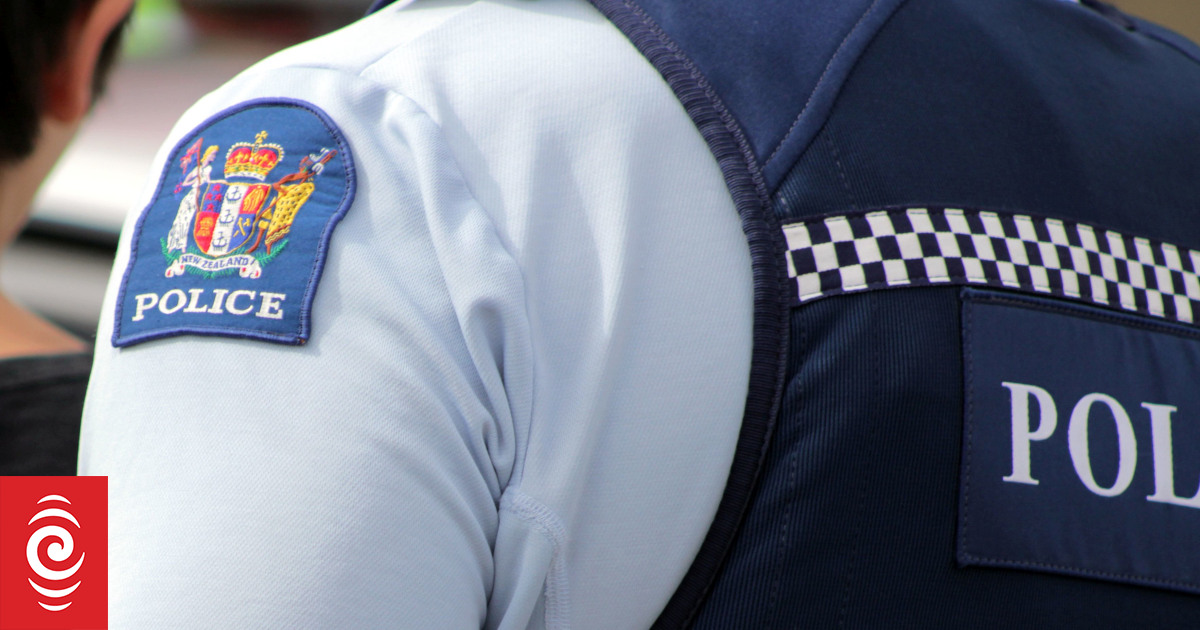Te Puni Kōkiri Tai Tokerau regional director Te Ropu Poa said Matariki involves reflecting on the year gone by and planning for the coming one. Photo / Michael Cunningham
Matariki is celebrated over more than just one weekend for many Northlanders and is often interwoven with maramataka, the traditional Māori lunar calendar used to guide planting, harvesting, fishing and hunting.
That’s the view of Te Ropu Poa, Tai Tokerau director at Te Puni Kōkiri, the Government’s principal policy adviser on Māori wellbeing and development, who has been preparing for the Māori New Year for the last couple of weeks.
Poa (Ngāpuhi, Ngāti Te Rino, Ngāti Hine, Ngāti Kahu, Ngāti Māhia) has been attending a series of wānanga at Northtec Te Pūkenga about Matariki celebrations along with local hapū.
The wānanga are led by renowned Māori astrologer and maramataka expert Rereata Makiha, who is from the Hokianga.
Advertisement
Poa said the Māori New Year, which is being celebrated this year on July 14, is more involved when following the principles of maramataka than just having a public day off.
Maramataka means ‘everything under the influence of the moon’ and is the traditional Māori way in which time is marked.
“When it comes to the end of the year, it’s actually about three weeks – you’re closing your year and celebrating the beginning of a new year.
“It’s over a period of time, so everyone does it differently.
Advertisement
“A lot is around the planting of kai.”
Poa, the former chief executive of Te Hau Ora Ō Ngāpuhi, has already weeded her vegetable garden and cultivated the soil in preparation for planting.
In August, she will plant peruperu potatoes according to the lunar calendar, “which tells you when to plant and what the energy levels are”.
/cloudfront-ap-southeast-2.images.arcpublishing.com/nzme/EZ5CYLDR7NBVNJQA33TQAU535Q.JPG)
Matariki is a time of being together with whānau, and later sharing the food at harvest time, Poa said.
“When Matariki appears, it is about offering food to the stars.
“If we have a māra kai [garden], then we’ll share it at harvesting time in December.
“We start our gardens now, and whatever we get out of it, we’ll have a harvesting ceremony and eat all the kai we’ve planted.”
In Māori culture, Matariki is the Pleiades star cluster and a celebration of its first rising in late June or early July.
This marks the beginning of the new year in the Māori lunar calendar.
It’s a time to reflect on the previous year and plan ahead for the next. It’s also a celebration of abundance, of remembrance, unity and hope for the future.
Advertisement
Poa said she makes plans for her personal life and at work.
“It’s a time to do all the things you want to get finished… we take a look at what we want to get rid of, what’s new and innovative and what there is to look forward to in terms of our work plans.”
Matariki is also a time of reflection, Poa said.
“Matariki means closing the end of a period of time, like the last 12 months, and re-opening the fresh and new.
“It’s getting closure from the year before, so you don’t take anything through to the next year.
“You’re celebrating your achievements and successes and re-evaluating what didn’t go so well.
Advertisement
“Then you can let it all go and re-think how you’ll do things better and improve for the next 12 months.”
When celebrating Matariki, Māori generally acknowledge nine main stars in the group.
The stars within the cluster each bear a symbolic name, with Matariki – connected to health and wellbeing – the mother to the other stars in the cluster.
Pōhutukawa is connected to those who have passed on; Tupuānuku is for food grown in the ground and Tupuārangi is connected to food from the sky; Waitī links to freshwater food and Waitā, saltwater food; Waipunarangi is connected to rain; Ururangi to the wind; and Hiwa-i-te rangi relates to your dreams and hopes for the year ahead.
However, in parts of the country where it’s difficult to see the Matariki group, other stars are used to mark the new year.
The next important star near Matariki is called Puanga, which sits above the Matariki cluster and is part of the constellation known as Orion’s Belt.
Advertisement
Iwi from parts of the Far North and the South Island, along with Whanganui and Taranaki, recognise Puanga.
In the Far North, Puanga is best seen on the west coast (Hokianga), while the Matariki cluster is best seen on the east coast (Bay of Islands), along with Hihi, Mangōnui and Pukenui.
Jenny Ling is a news reporter and features writer for the Northern Advocate. She has a special interest in covering roading, health, business and animal welfare issues.



